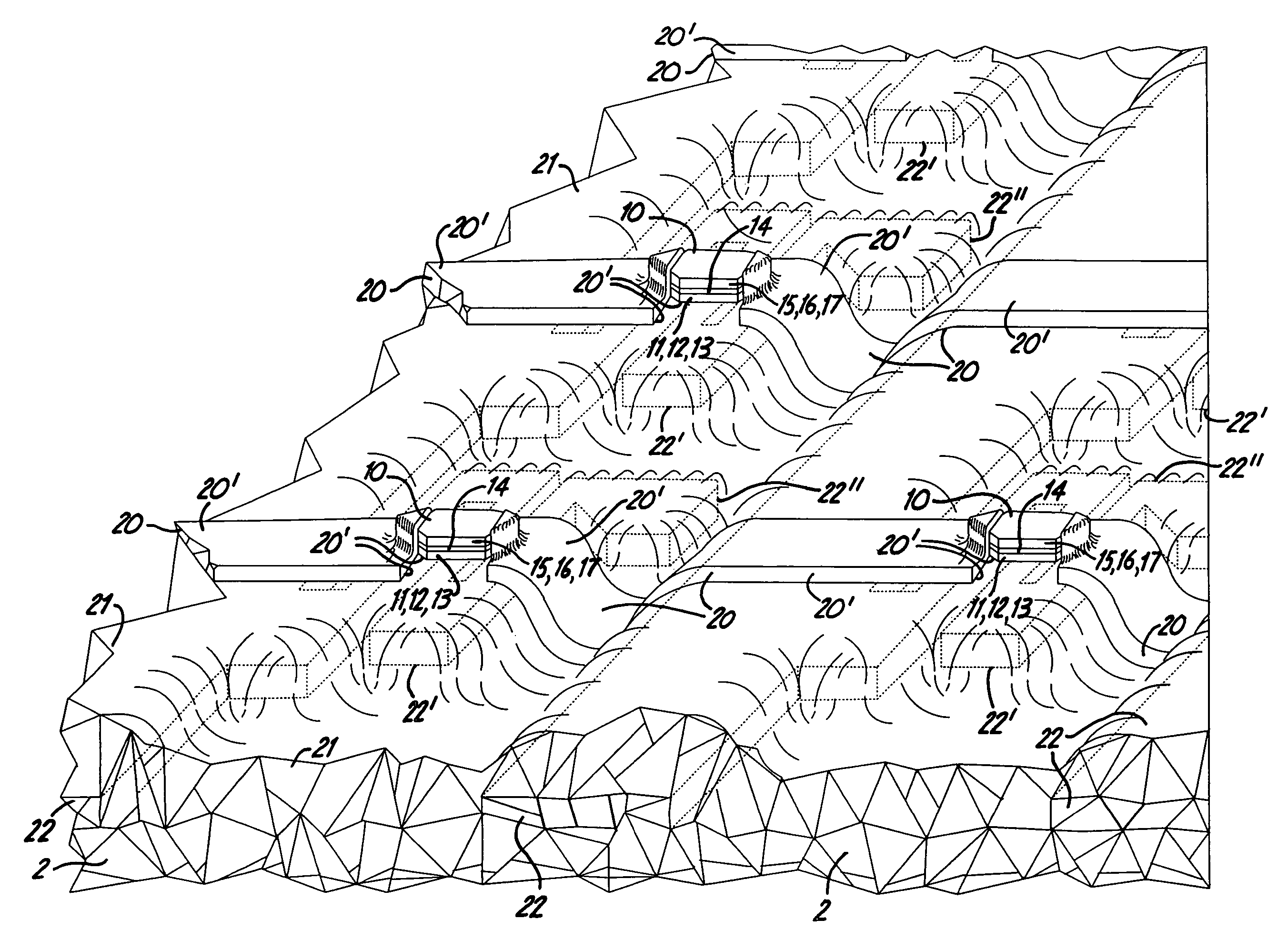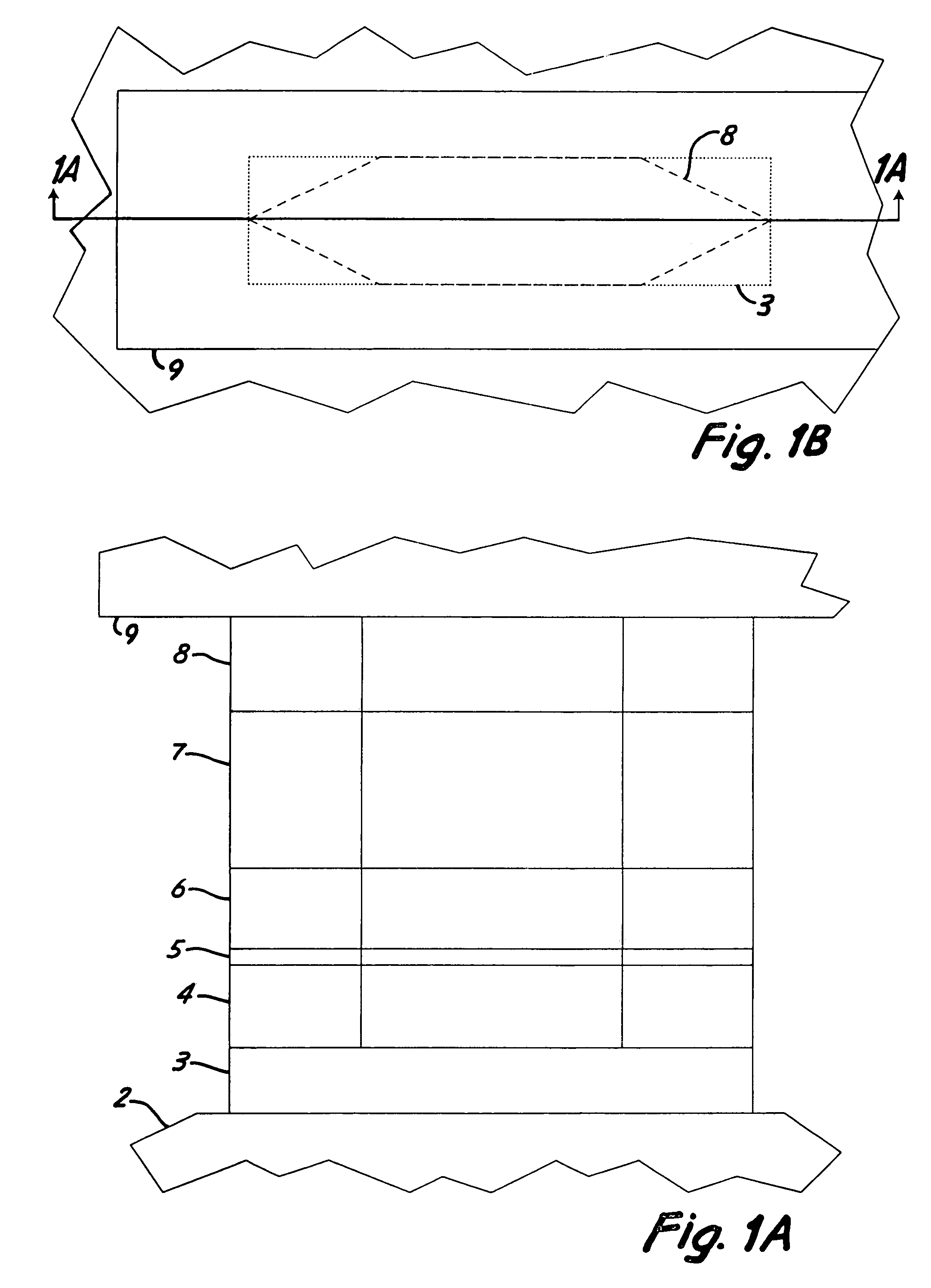Magnetic memory layers thermal pulse transitions
a memory layer and thermal pulse technology, applied in the direction of magnetic field-controlled resistors, digital storage, instruments, etc., can solve the problems of increasing the magnetic state of cells, difficult to produce high yields, and complex magnetic environmen
- Summary
- Abstract
- Description
- Claims
- Application Information
AI Technical Summary
Benefits of technology
Problems solved by technology
Method used
Image
Examples
Embodiment Construction
[0057]The use of magnetic material layers in the structures of magnetoresistive memory cells either in different arrangements or with different critical temperatures, either Curie point or blocking temperatures as appropriate for each pertinent layer in the cell, or use of both of these structural layer alternatives, can allow memory operation with reduced electrical power or provide other advantages, or some combination thereof. Cell operations are typically initiated using a current pulse through the memory cell, or in an electrical conductor of sufficiently high resistance in the vicinity of the memory cell, or both, to generate sufficient heat to raise the temperature of the cell past one or more of these cell layer critical temperatures, and further supplying a suitable magnetizing current at proper times. Such a magnetizing current can be much less than the switching current needed to switch the magnetization direction of a magnetic material layer in an unheated cell.
[0058]In ...
PUM
 Login to View More
Login to View More Abstract
Description
Claims
Application Information
 Login to View More
Login to View More - R&D
- Intellectual Property
- Life Sciences
- Materials
- Tech Scout
- Unparalleled Data Quality
- Higher Quality Content
- 60% Fewer Hallucinations
Browse by: Latest US Patents, China's latest patents, Technical Efficacy Thesaurus, Application Domain, Technology Topic, Popular Technical Reports.
© 2025 PatSnap. All rights reserved.Legal|Privacy policy|Modern Slavery Act Transparency Statement|Sitemap|About US| Contact US: help@patsnap.com



